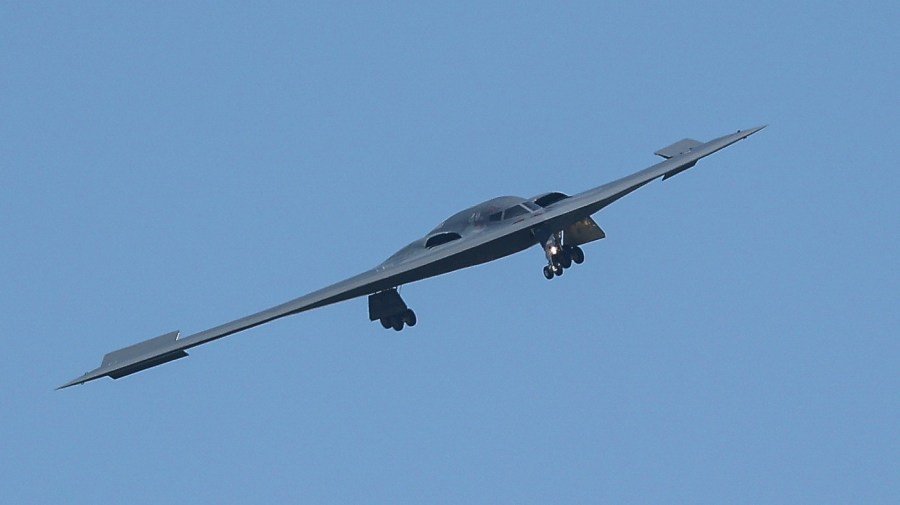
An early intelligence assessment reportedly found that Tehran’s nuclear program was set back by only months after U.S. military strikes on three Iranian nuclear facilities this past weekend, findings that the Trump administration is pushing back against.
A preliminary classified U.S. report found that the bombing did not destroy the main components of Iran’s nuclear program as it did not collapse the underground buildings, officials familiar with the findings told The New York Times and CNN on Tuesday.
Produced by the Defense Intelligence Agency, the report also said the attacks on Fordow, Natanz and Isfahan facilities delayed the nuclear program by less than six months, according to the Times.
The findings, which are ongoing, are at odds with President Trump’s repeated assertions that Iran’s nuclear facilities were “obliterated.” Defense Secretary Pete Hegseth used the same term on Sunday, saying the strikes delivered a “final blow” to Iran’s nuclear program.
The White House, while acknowledging the report’s existence, quickly moved to dismiss its contents, with press secretary Karoline Leavitt calling it “flat-out wrong” in a statement posted to the social platform X.
“This alleged ‘assessment’ is flat-out wrong and was classified as ‘top secret’ but was still leaked to CNN by an anonymous, low-level loser in the intelligence community,” she wrote. “The leaking of this alleged assessment is a clear attempt to demean President Trump, and discredit the brave fighter pilots who conducted a perfectly executed mission to obliterate Iran’s nuclear program.”
“Everyone knows what happens when you drop fourteen 30,000 pound bombs perfectly on their targets: total obliteration.”
In a statement to The Hill, Hegseth insisted the true impact of the bombs could not be seen due to the damage to the sites.
“Based on everything we have seen — and I’ve seen it all — our bombing campaign obliterated Iran’s ability to create nuclear weapons,” Hegseth said. “Our massive bombs hit exactly the right spot at each target—and worked perfectly. The impact of those bombs is buried under a mountain of rubble in Iran; so anyone who says the bombs were not devastating is just trying to undermine the President and the successful mission.”
Trump also earlier Tuesday repeated his belief the nuclear sites were “completely demolished.”
“Those pilots hit their targets. Those targets were obliterated, and the pilots should be given credit,” he told reporters as he left the White House for a NATO summit in the Netherlands. “That place is under rock. That place is demolished.”
The U.S. on Saturday joined Israel’s bombing campaign on Iran and, using seven B-2 bombers, dropped 14 GBU-57 Massive Ordnance Penetrator bombs on the Fordow Fuel Enrichment plant and the Natanz Enrichment Complex. American forces also struck at Iran’s Isfahan nuclear site.
But the bunker buster bombs did not take out the sites’ centrifuges, which were still “intact,” instead largely damaging aboveground structures, according to the DIA report, which based its findings on a battle damage assessment conducted by U.S. Central Command following the strikes.
The report also said the strikes did not destroy much of Iran’s stockpile of highly enriched uranium as it was moved before the bombing, people familiar with the assessment told the Times.
The new report likely will be addressed by Congress on Thursday and Friday, when it is set to be briefed on the strike by the administration’s top intelligence and defense officials at the Capitol. The separate briefings of the House and Senate had been set for Tuesday but were postponed.






